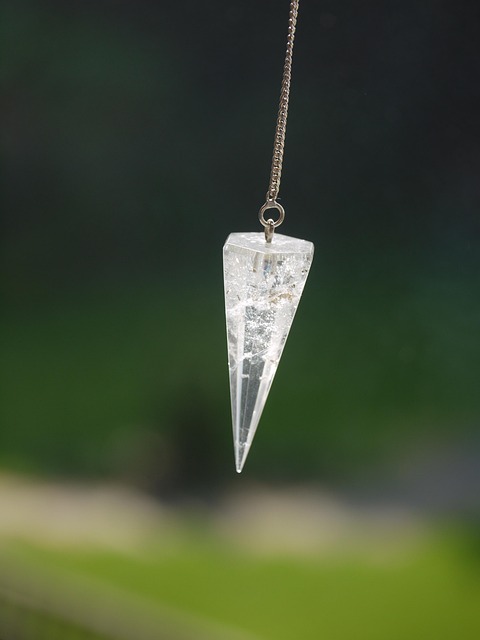Cold therapy, including ice packs and cryotherapy like the RICE (Rest, Ice, Compression, Elevation) method, is a powerful tool for athletes recovering from sports injuries. By reducing inflammation, pain, and swelling, these techniques aid muscle healing, speed up recovery, and manage post-workout soreness. Cryotherapy, such as cold water immersion, offers additional anti-inflammatory benefits to enhance repair processes. The RICE protocol balances contrasting therapies—resting, icing, compressing, and elevating injured areas—to optimize recovery while minimizing damage, nerve impulse conduction issues, internal bleeding, and tissue damage for athletes aiming to return to competitive sports.
In the realm of sports medicine, balancing cold and heat therapy is an art essential for optimal injury recovery. This guide delves into the science behind these contrasting approaches, offering insights on how to harness their power effectively. From understanding the benefits of ice therapy—including ice, cryotherapy, and cold water immersion—to exploring the strategic integration of heat therapy post-initial cold treatment, athletes can navigate their road to healing with precision. Additionally, we provide practical tips on implementing the RICE method for efficient muscle injury care.
Understanding Cold Therapy: Ice, Cryotherapy, and Their Role in Recovery
Cold therapy is a critical component in the recovery process for athletes and those who experience sports-related injuries. At its core, cold therapy involves using ice or cryotherapy to reduce inflammation and pain. Ice therapy for injury recovery is a common practice where a cold compress or ice pack is applied to the affected area. This simple yet effective method has numerous benefits for muscle injuries, sprains, strains, and even post-workout soreness. By slowing down blood flow to the injured site, icing sports injuries helps to minimize swelling and reduce pain.
The RICE method—Rest, Ice, Compression, Elevation—is a well-known protocol often recommended by sports medicine professionals. This approach is particularly useful in the initial stages of an injury. Cryotherapy, which involves exposure to extremely cold temperatures for short periods, is another powerful tool used by athletes and physiotherapists. Cold water immersion, a more advanced form of cryotherapy, has been shown to enhance recovery by significantly reducing muscle soreness and speeding up repair processes. These techniques play a vital role in athletes’ return to competitive sports, ensuring they can maintain their performance levels while managing pain effectively.
The Science Behind Cold Therapy for Sports Injuries
Cold therapy, specifically ice therapy, has been a cornerstone in the recovery process for athletes suffering from sports injuries. The science behind this method lies in its ability to significantly reduce inflammation and pain. When an injury occurs, the body’s natural response involves releasing chemicals that cause swelling and pain. Applying cold, whether through ice packs or cold water immersion, constricts blood vessels, slowing down the flow of these inflammatory substances and limiting their impact on damaged tissues. This rapid cooling also numbs nerve endings, providing immediate relief from acute pain.
The RICE method—Rest, Ice, Compression, Elevation—is a well-known protocol for managing sports injuries, emphasizing the role of cold therapy. Icing an injury can be highly effective in the initial stages of recovery, helping to prevent further damage and reducing muscle spasms. Additionally, cryotherapy, or controlled exposure to extreme cold, has gained popularity among athletes as a more advanced form of cold therapy. This involves short bursts of sub-zero temperatures, offering anti-inflammatory benefits and potentially speeding up the body’s natural healing processes.
Integrating Heat Therapy: When and How to Apply It After Initial Cold Treatment
After an initial period of cold therapy, often utilizing ice packs or cryotherapy, athletes can strategically integrate heat therapy to aid in their recovery. Heat treatment is particularly beneficial for improving blood circulation and reducing muscle stiffness, two key factors in injury repair. Applying heat after cold therapy helps dilate blood vessels, increasing oxygen and nutrient delivery to the affected area. This enhanced blood flow accelerates the healing process by removing metabolic waste products from damaged tissues.
When incorporating heat, it’s recommended to use hot compresses or baths for a few minutes, several times daily. This can be particularly effective in managing acute injuries with swelling. However, athletes should exercise caution and avoid extreme temperatures that could further agitate the injury. The RICE method (Rest, Ice, Compression, Elevation) remains a foundational approach, where ice is initially applied to reduce inflammation, followed by heat therapy to promote relaxation and flexibility. Balancing these two contrasting therapies is key to an effective recovery strategy for sports injuries.
Practical Tips: Implementing the RICE Method for Effective Muscle Injury Care
Implementing the RICE method is a practical and effective approach to managing muscle injuries in athletes. This strategy involves Rest, Ice therapy, Compression, and Elevation. Resting the affected area prevents further damage while reducing physical activity allows for proper healing. Applying ice therapy for 15-20 minutes several times a day can significantly minimize pain, swelling, and inflammation. Cryotherapy, or cold water immersion, is another powerful tool where athletes submerge their injured limbs in cold water to stimulate blood flow, reduce metabolic waste, and enhance recovery.
Using a cold compress on muscle injuries can provide immediate relief and promote faster healing. The benefits of icing sports injuries include decreasing nerve impulse conduction, reducing internal bleeding, and limiting the extent of tissue damage. By following the RICE method strictly, athletes can ensure optimal recovery and prevent complications like chronic pain or scar tissue formation.
In conclusion, balancing cold and heat therapy is a game-changer in sports injury recovery. Understanding the science behind cold therapy, such as ice and cryotherapy, equips athletes with powerful tools to manage inflammation and pain. After an initial cold treatment period, strategically integrating heat therapy accelerates the healing process for muscle injuries. The RICE method, including cold compresses and cold water immersion, remains a cornerstone of effective care. By combining these approaches, athletes can optimize their recovery, ensuring they return to their peak performance faster and safer.
